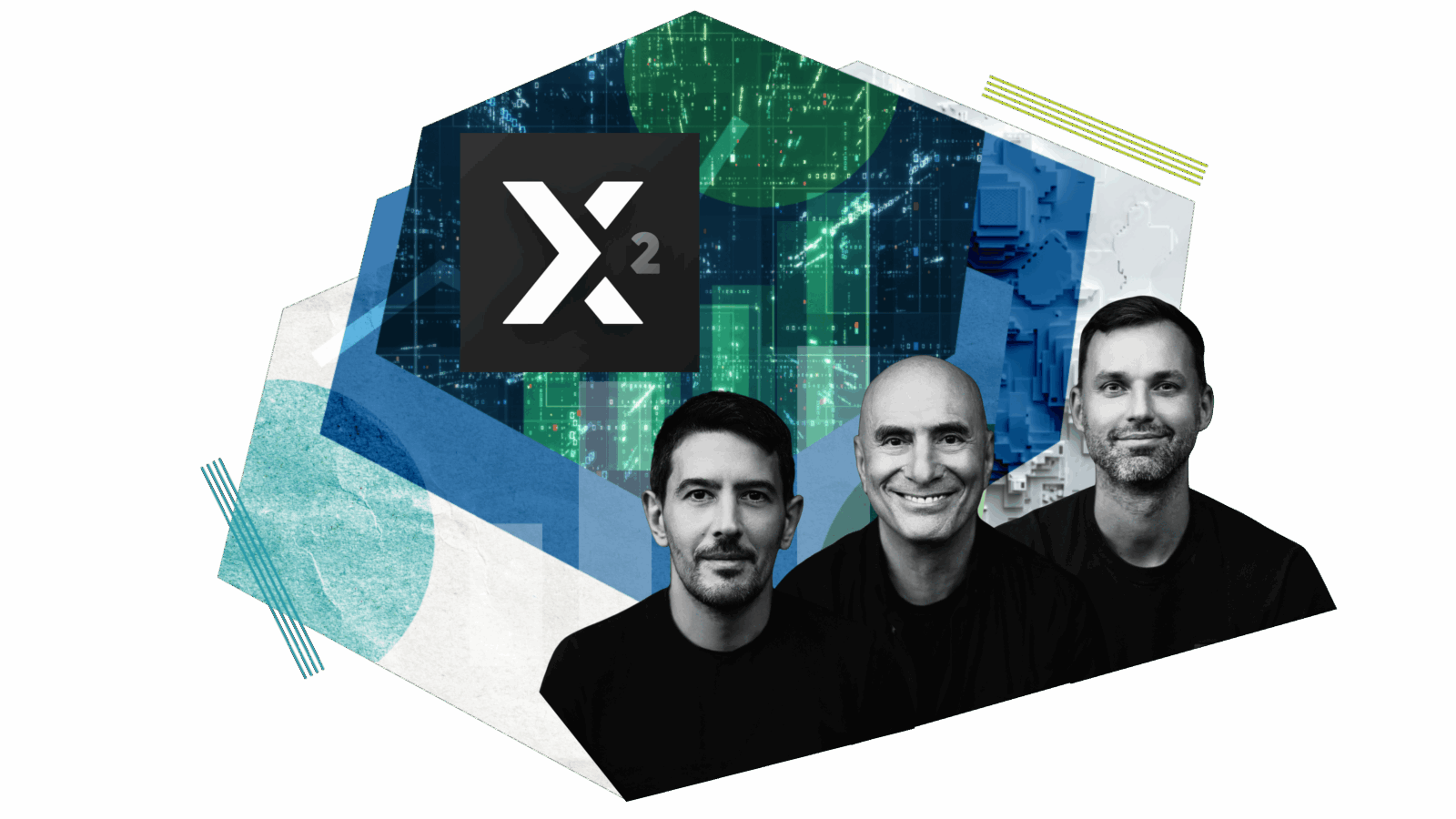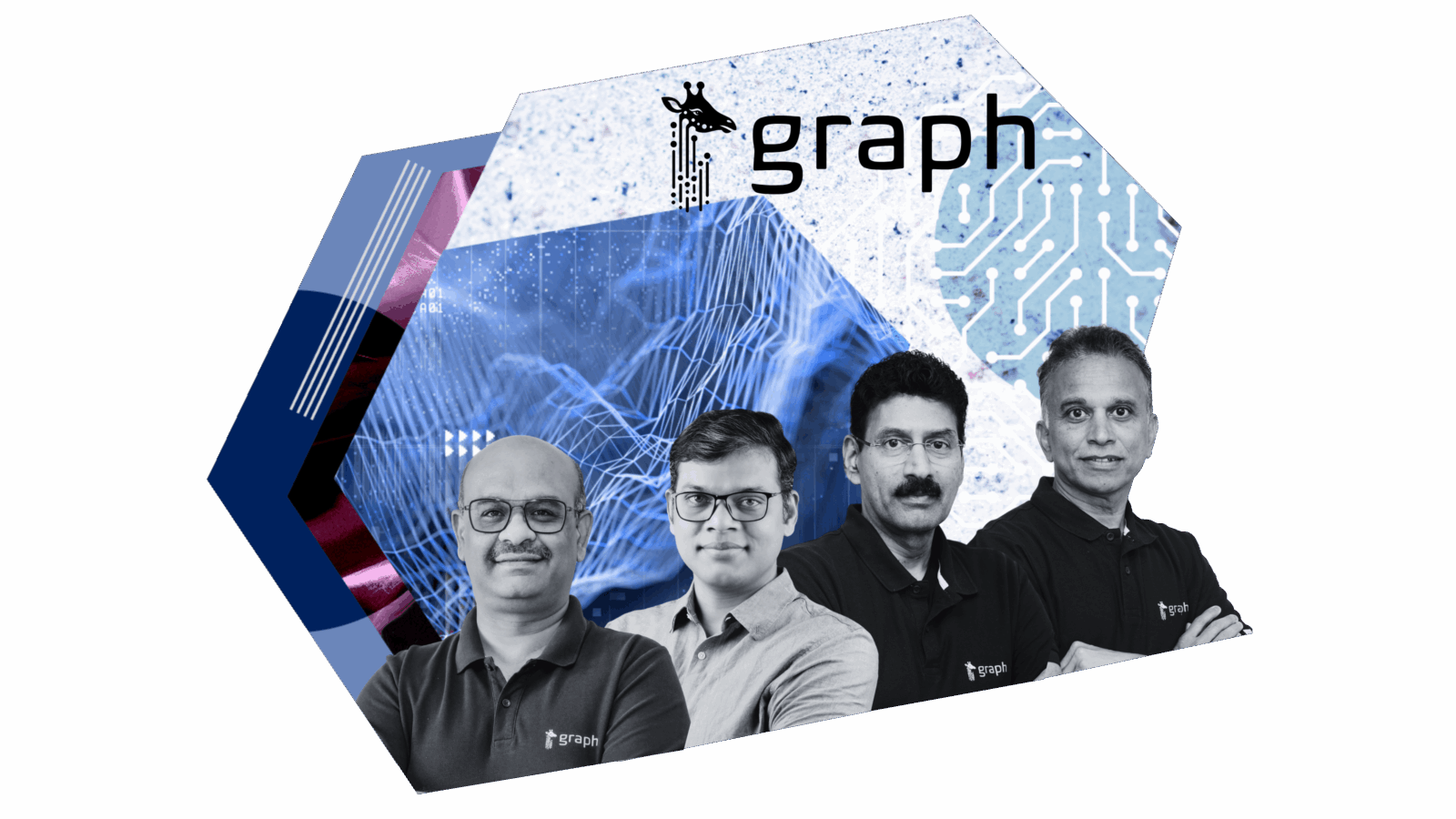Meet the founders of Columnar: Ian Cook, David Li, and Matt Topol
Bessemer Venture Partners leads Columnar’s $4M seed to redefine the future of data connectivity.
Every AI model, real-time dashboard, and query depends on large data sets, and today, the performance bottleneck isn't compute or storage — it’s moving that data quickly.
Legacy data connectivity standards like ODBC and JDBC were built in the 1990s for a different era of batch processing, offline analytics, and row-by-row transfer. Decades later, we're forcing terabytes of columnar data through infrastructure designed for kilobytes of rows. Queries that should feel instant stretch into minutes. Critical context gets stuck in costly format conversions as AI workloads that demand real-time context crawl through outdated pipelines and drivers.
As core contributors to Apache Arrow, co-founders Ian Cook, David Li, and Matt Topol have spent years building the columnar data standard that powers modern analytics at companies like Meta, Netflix, and Uber. Now, they're bringing that same creativity and rigor to the connectivity layer to enable all data-intensive enterprises to move at the speed of AI with Columnar.
Columnar’s Arrow-native ADBC drivers eliminate the costly conversions that slow down data pipelines. That means no more translating columnar data into rows and back. No more bottlenecks between your warehouse and your application. Just fast, efficient, Arrow-native connectivity. Columnar’s open source Command Line Interface (CLI) tool, dbc, takes the friction out of installing and managing ADBC drivers, while those Arrow-native drivers themselves deliver 10 to 100x faster query retrieval on platforms like Snowflake and DuckDB.
This is why we’re excited to lead Columnar's $4M seed round. The data infrastructure stack is being rebuilt for AI-native workloads, and connectivity is the missing link. To learn more about how Columnar is resolving this, we spoke with the founders to learn more about their vision.
Q&A with the founders of Columnar
What inspired you to start Columnar?
All three of us have spent years deep in the data infrastructure trenches, and we kept running into the same frustration: while systems across the data stack have embraced modern columnar formats, the standards we use to connect them are still stuck in the 1990s. It’s astonishing how many applications today use slow, row-oriented APIs like ODBC, JDBC, and Python DB-API to connect a fast columnar database or query engine to an equally fast columnar dataframe library, transformation framework, or BI tool.
We saw a clear opportunity to fix this. When David first created ADBC in 2022, we knew it was the right technical foundation for modern data connectivity. But the best technical solution isn’t enough on its own—you also need momentum. As soon as we saw mainstream vendors like Databricks, dbt Labs, Microsoft, and Snowflake, along with open source projects like DuckDB and Polars, begin adopting ADBC, it gave us the conviction that this was a standard poised to break through.
We founded Columnar to accelerate that adoption. We believed ADBC needed—and deserved—more investment, visibility, and polish. At the same time, we saw an opportunity to build a scalable company that could bring ADBC to all the places it can create value, especially for enterprises with the highest demands around performance, security, and integration.
You three have worked together for many years before Columnar. What feels most different about building as co-founders versus colleagues?
Some of our previous work on Arrow took place inside companies that were trying to capture value from it in ways that didn’t always align with where we believed it could have the greatest impact. We often saw opportunities to invest in valuable parts of the ecosystem that weren’t considered priorities internally.
We also ran into friction when the incentives of the companies we worked for didn’t align with those of the partners and customers we wanted to collaborate with. That misalignment made it harder to build the kinds of relationships and the kinds of products we felt the ecosystem needed. With Columnar, we’ve made alignment a first-order priority. Our incentives are directly tied to the success of our users and collaborators, and that clarity makes it easier to move quickly and do the right thing for the people we serve.
Arrow is an incredibly exciting project to work on because of the productive tension it’s constantly under. Its libraries are downloaded billions of times per year and used in critical workloads across virtually every tech stack and vendor product in the data analytics space. It’s under constant pressure to evolve. It needs to meet the needs of a vast and growing set of stakeholders and also incorporate new research and innovations, all without ever breaking compatibility with the countless projects that depend on it.
Unlike most other open standards in the analytics space, Arrow doesn’t have a comparable alternative or substitute, and its integration across so many systems makes it a uniquely critical infrastructure. It’s exhilarating to be building Columnar with co-founders who intuitively understand this tension and bring it into everything we do, from engineering and product to the business itself.
What exactly does Columnar do?
Columnar exists to advance the state of data connectivity along three axes: speed, simplicity, and security. ADBC can deliver huge performance gains, but it hasn’t always been easy to use, and the available drivers haven’t covered many important systems. We’re changing that by making ADBC simple to adopt and expanding driver availability across more databases, query engines, and data platforms.
The reality is that even slow, legacy standards are hard to displace until a full ecosystem forms around the alternative. Our work focuses on breaking that inertia — improving the developer experience, broadening driver coverage, and helping the industry move toward a faster, more open, and more secure connectivity layer.
What else are you announcing with your seed round?
First, we’re releasing dbc, our new open source command-line tool that makes it much easier to get started with ADBC. You can use dbc to install and manage ADBC drivers with a single command — it’s basically like a package manager, but specifically for ADBC drivers. It’s powered by our public driver registry, which hosts pre-built drivers. We’re also rolling out four new ADBC drivers for Amazon Redshift, MySQL, Microsoft SQL Server, and Trino. Those and other existing ADBC drivers are all immediately available to install with dbc.
Lastly, we’re announcing the ADBC Driver Foundry, an open source collaboration with Databricks, dbt Labs, Improving, Microsoft, Snowflake, and the Apache Arrow developer community. The Driver Foundry is a federated hub for building and maintaining ADBC drivers. It’ll make it easier for many teams to contribute drivers and ensure they’re high-quality and safe for everyone to use. We’re thrilled about this cross-company initiative; it’s about rallying the community to modernize the connectivity layer together.
You all are pioneers in the Apache Arrow ecosystem. How did your team’s prior experience inform the decision to collaborate on the open source Driver Foundry in addition to building commercial products?
There’s an adage in Silicon Valley that the battle between a startup and the incumbents comes down to whether the startup gets distribution before the incumbents get innovation. ADBC is at a tipping point, and our focus now is on accelerating adoption — by making it faster and easier to use, and by collaborating with other vendors and open source projects to make drivers available for every system we can. The open source Driver Foundry is central to that effort, giving the community a shared space to build and maintain high-quality drivers that expand the reach of the standard.
All three of us also come from deep enterprise data infrastructure backgrounds (Matt at FactSet, David at Two Sigma, and Ian at Cloudera), so we know that many of the most valuable needs never show up as public GitHub issues, especially when it comes to security, migrations, and integrating with existing systems. Arrow succeeded in part because we engaged directly with the most demanding users and learned from them. We’re excited to be doing that at Columnar and grounding our commercial roadmap on solving high-value pain points for vendors and enterprises.
What’s a contrarian belief you have about the future of data infrastructure?
Some of the views that felt contrarian when we started working on ADBC in 2022 now seem almost obvious: that 10x faster query result transfer could reduce the need for extract-and-load pipelines; that Arrow works just as well in many streaming use cases as in batch applications; and that open table formats like Iceberg would push more enterprises toward multi-engine data architectures.
As for what still feels contrarian today? We worry that the current Cambrian explosion of query engines could end in a mass extinction if we don’t tame the chaos of inconsistent APIs, protocols, connector libraries, integration points, and type systems they expose. We’re big believers in engines like DuckDB and the speed, efficiency, and flexibility they bring, but the fragmentation of interfaces across engines makes enterprise adoption hard. Each new engine often requires extensive application rewrites and complex integrations to meet requirements for authentication, governance, and observability.
ADBC can help prevent that outcome. By giving every engine and application a common, modern connectivity layer, we can make it easier for new engines to thrive and for organizations to innovate with less friction.
Why should people care what drivers their company is using?
Ideally, you shouldn’t have to — drivers should just work. It’s only when something breaks or slows down that people end up looking under the hood, and with the legacy connectivity standards, that happens far too often. They’re slow, inconsistent, and built on outdated assumptions about how data should move. Our goal is to change that. We want data connectivity to be fast, consistent, and dependable; it should be something you can rely on to keep up with everything else in your stack.
What’s next for Columnar?
The legacy connectivity standards have had a great run, but it's time to retire them from their analytics duties. They were built for a different era, and the workloads of today and tomorrow need something faster, leaner, and more consistent. We’re here to replace them — Columnar is building the infrastructure and products that will make it possible for vendors and enterprises to migrate at scale to Arrow and ADBC.
Our long-term vision goes beyond performance. We see Arrow and ADBC as the foundation for a unified connectivity layer across modern, multi-engine data stacks. Engines like DuckDB and Apache DataFusion are too good to ignore, and enterprises increasingly want to mix and match best-of-breed tools without adding friction or complexity. At the same time, there’s pressure toward tool rationalization and consolidation. ADBC can reconcile both trends — enabling composability where it’s valuable, while simplifying the glue between systems.
Looking ahead, we see ADBC as essential infrastructure for the next generation of analytics and AI — workflows where data moves continuously between engines, agents, and applications. That includes emerging patterns like agentic analytics, where speed and consistency are paramount. Our goal is for ADBC to become ubiquitous; the default way data moves between systems, and for Columnar to be the trusted company maintaining and accelerating that standard.





